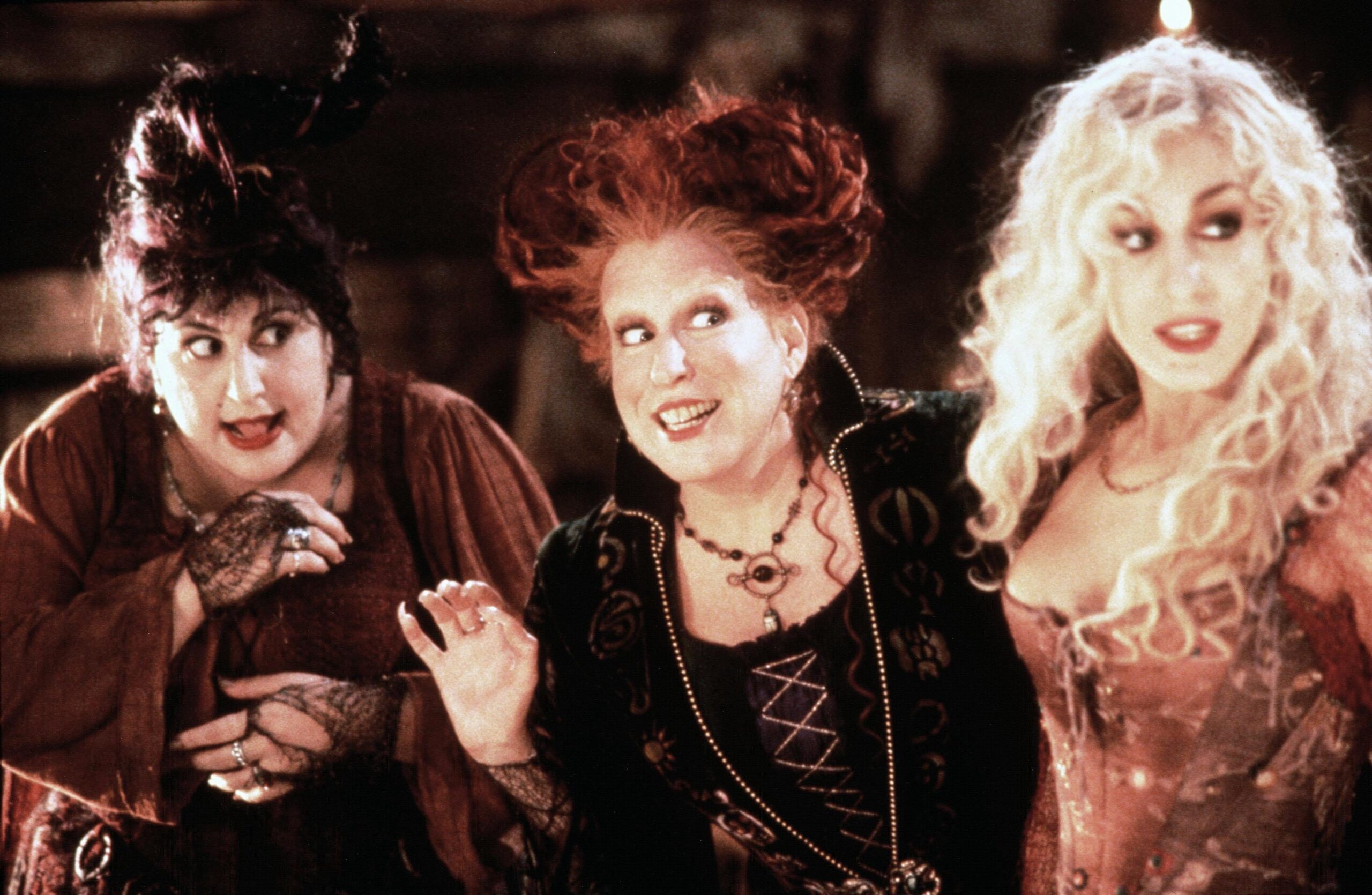Kathy Najimy, Bette Midler, Sarah Jessica Parker Hocus Pocus – 1993/Disney/Kobal/Shutterstock It’s that spooky time of the year is here. All Hallows Eve is right around the corner, so it’s time to break out the fake skeletons, light the jack-o ‘- lanterns, and re-watch Hocus Pocus. Oh, wait… Hocus Pocus 2 is out, I can […]

